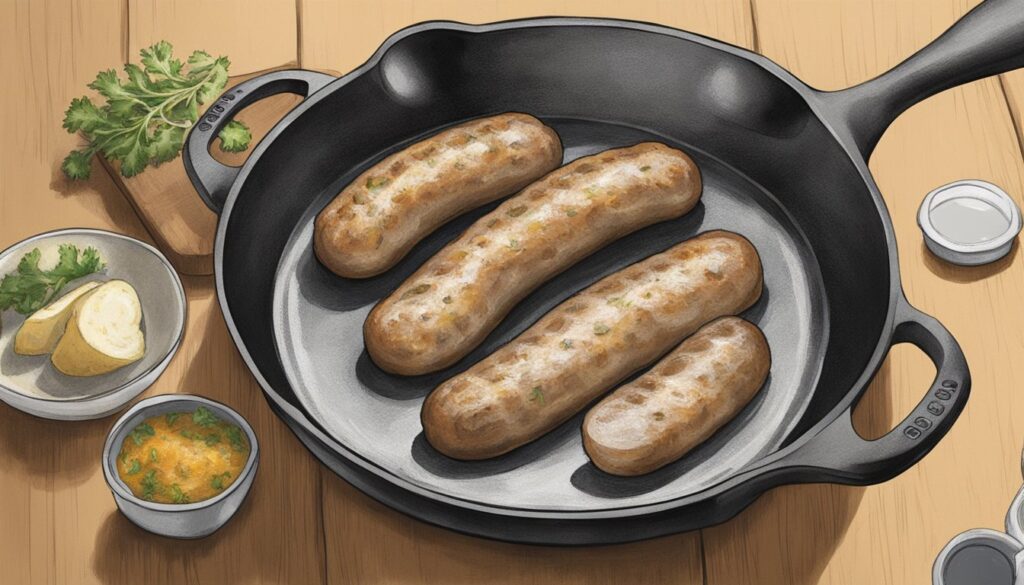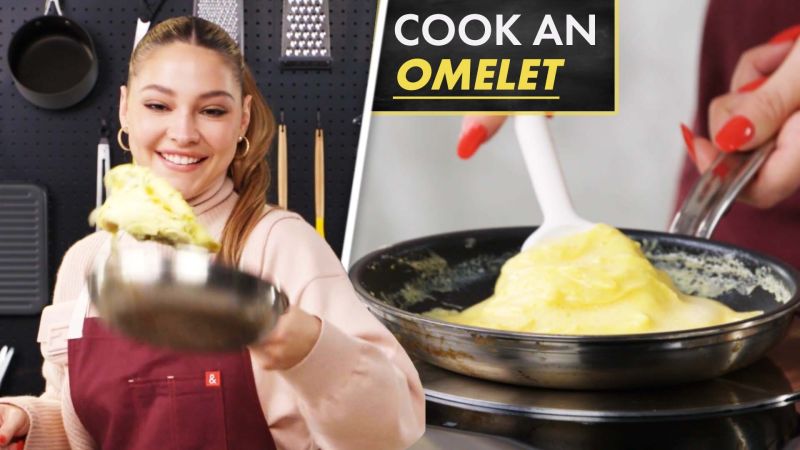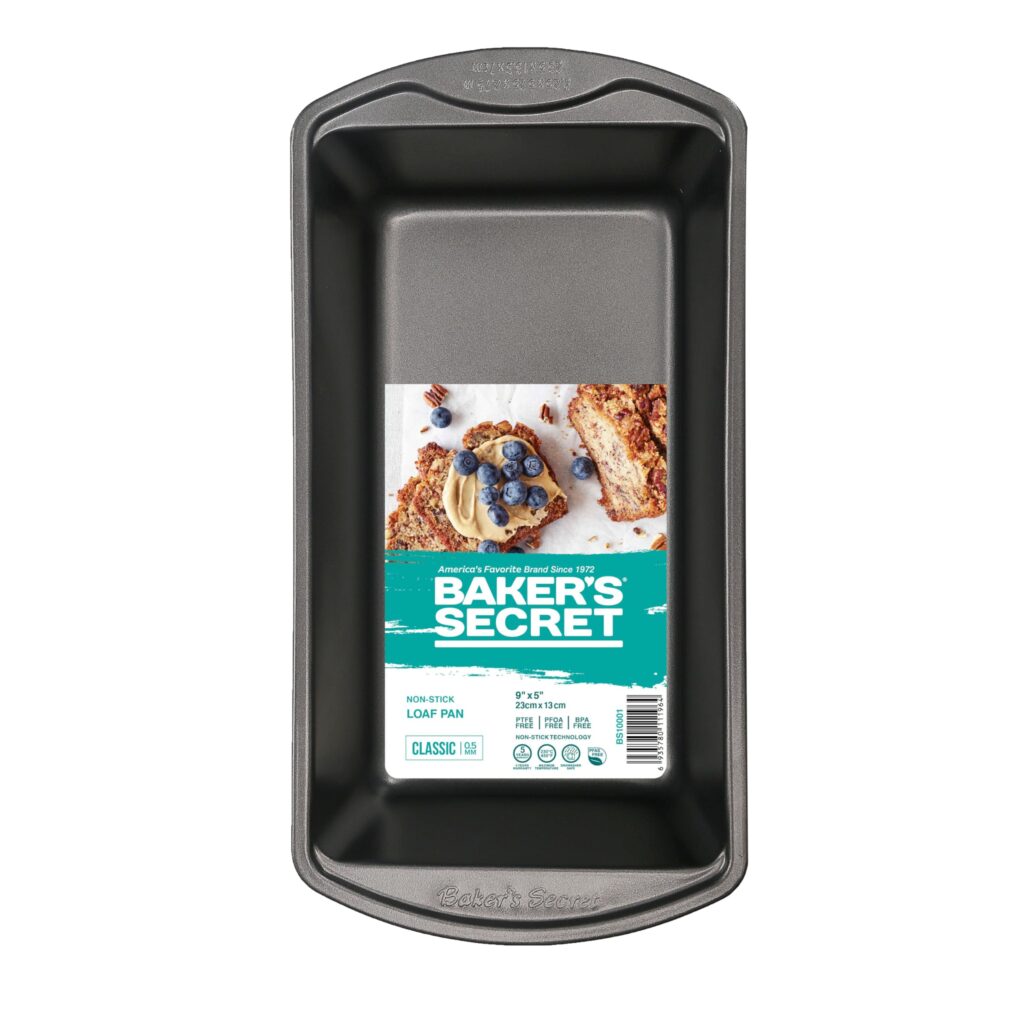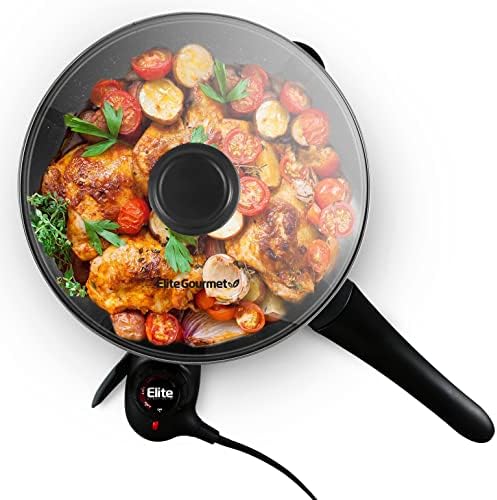Vegetable cleavers and meat cleavers are not the same, even though they are both used to chop food. They have different uses, sizes and designs, and one is better suited for your needs than the other.
What’s the difference between vegetable cleavers vs meat cleavers?
Table of Contents
ToggleVegetable Cleaver Vs Meat Cleaver: Which knife is the best?
We know it can be hard to choose between a vegetable cleaver and a meat cleaver. That’s why we’ve taken the liberty of comparing the two for you, so you can make an informed decision.
Size
A vegetable cleaver is typically smaller and lighter than a meat cleaver. It’s easier to wield in the kitchen and store, which is why it’s perfect for chopping vegetables and herbs. Meat cleavers are bigger and heavier, so they’re better suited for cutting through dense ingredients like meat, fish, and bones.
Purpose
The purpose of a vegetable cleaver is to chop fruits and vegetables into smaller pieces. The purpose of a meat cleaver is to cut through meat, fish, or bones with ease.
Length
Vegetable cleavers tend to have shorter blades than those of meat cleavers. This makes them more suitable for chopping up veggies quickly so they can be used in recipes right away. Meat cleavers have longer blades that make it easier to do things like bone-in portions of chicken or turkey without having to switch out your knife more often than necessary.
Handle
The handle of a vegetable cleaver is usually made of wood or plastic, while a meat cleaver is made of metal. The handles on vegetable cleavers are often thinner and longer than those on meat cleavers. However, the handle on a meat cleaver can be longer than the handle on a vegetable cleaver.
Price
The price for both vary depending on the materials used to make them. But, vegetable cleavers tend to be less expensive than meat cleavers. Because they can be made with cheap materials like plastic and wood.
Design
A vegetable cleaver has a wider blade than a meat cleaver, which is designed to cut through tough meat bones and joints. The shape of the blade on a vegetable cleaver is also different, with a curved edge to make chopping easier.
How To Find The Perfect Cleaver?
Finding the perfect cleaver is like finding your soul mate. It may take a while, but you’ll know it when you see it. The ideal cleaver should be:
Well-balanced and lightweight (but not too light)
Made of high-quality materials that won’t chip or crack easily
Handcrafted by an experienced blacksmith who knows their craft
Sharp enough to slice through meat, but not so sharp that it will cut through your hand (you’re looking for a razor’s edge)
Why Do Western Cleavers Have A Hole?
A Western Cleaver is a Chinese kitchen knife that, unlike most other knives, has a hole in it. The hole is actually part of the blade, and it was originally designed to help keep the blade straight.
The traditional Chinese kitchen knife is a cleaver, which means it’s got one flat side and one curved side that’s used for chopping. The flat side is what makes these knives so useful. You can just place them on top of the food and chop with them without having to worry about precision or control.
However, when you look at these traditional cleavers, you’ll see that they all have holes in them. This is because over time cooks realized that this design flaw could be corrected by putting a hole in the blade itself.
By creating an opening around the handle of each knife, cooks were able to use their hands as leverage points for better control over their cuts and slices. They also found that by placing their fingers through the hole and pressing down on either side of it.
How Can I Keep My Cleaver Sharp?
Keep your cleaver sharp by:
- Using a sharpener that’s made for the job. You can use any old sharpener, but if you want to keep your cleaver in tip-top shape, make sure it’s designed specifically for meat cleavers. It’s important to get the right tool for the job!
- Always use the correct angle when sharpening your cleaver. Use an angle of 20 degrees or less, and be sure not to sharpen the blade on both sides, only the front side needs work!
- Keep your blade clean and dry when not in use to prevent rusting or corrosion from happening over time!
Conclusion
The vegetable cleaver vs meat cleaver is both great for cutting through tough food. However, if you’re looking for something that can be used for both types of food, then a knife set is probably a better option for you.

Hi, I’m Kimberley. I am a happy and adventurous person who enjoys writing about the finer details of the kitchen niche. My blog is where I can share all my thoughts and opinions with other passionate food lovers like me!
if you’re reading this then it’s probably safe to assume that you’ve stumbled across one of my blogs about the kitchen niche! I love writing informative blogs and review posts for those who are looking for a little bit more information before buying their next product.
Follow me on Twitter





